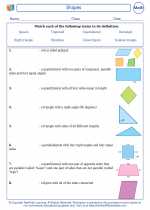Numeric Patterns
Numeric patterns are sequences of numbers that follow a specific rule or pattern. Understanding numeric patterns helps us predict future numbers in the sequence and can be useful in various mathematical and real-world situations.
Types of Numeric Patterns
- Arithmetic Sequences: In arithmetic sequences, each term is obtained by adding a constant value to the previous term.
- Geometric Sequences: Geometric sequences have a common ratio between each pair of consecutive terms.
- Fibonacci Sequence: The Fibonacci sequence is a series of numbers in which each number is the sum of the two preceding ones.
Identifying Numeric Patterns
To identify a numeric pattern, look for the relationship between consecutive terms. Ask yourself:
- Is there a consistent difference between each pair of consecutive terms? (for arithmetic sequences)
- Is there a consistent ratio between each pair of consecutive terms? (for geometric sequences)
- Is each term the sum of the two preceding terms? (for Fibonacci sequence)
Examples
Let's look at an example of each type of numeric pattern:
Arithmetic Sequence
Find the next three terms in the sequence: 5, 8, 11, 14, ...
Answer: The common difference is 3. So, the next three terms are 17, 20, 23.
Geometric Sequence
Find the next three terms in the sequence: 2, 6, 18, 54, ...
Answer: The common ratio is 3. So, the next three terms are 162, 486, 1458.
Fibonacci Sequence
Find the next three terms in the Fibonacci sequence: 0, 1, 1, 2, 3, 5, ...
Answer: The next three terms are 8, 13, 21, since each term is the sum of the two preceding terms.
Study Guide
Here's a study guide to help you master numeric patterns:
- Understand the differences between arithmetic, geometric, and Fibonacci sequences.
- Practice identifying numeric patterns in given sequences.
- Work on solving for missing terms in numeric patterns.
- Explore real-world examples of numeric patterns, such as population growth or financial projections.
- Challenge yourself with more complex numeric pattern problems to enhance your problem-solving skills.
◂Math Worksheets and Study Guides Fourth Grade. Shapes
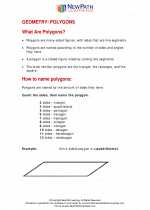
 Worksheet/Answer key
Worksheet/Answer key
 Worksheet/Answer key
Worksheet/Answer key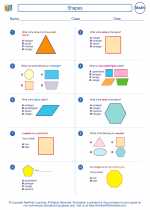
 Worksheet/Answer key
Worksheet/Answer key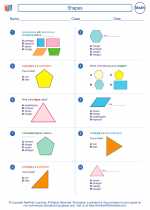
 Worksheet/Answer key
Worksheet/Answer key
 Worksheet/Answer key
Worksheet/Answer key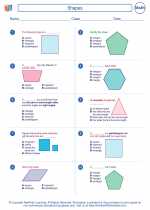
 Worksheet/Answer key
Worksheet/Answer key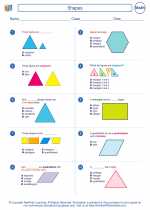
 Worksheet/Answer key
Worksheet/Answer key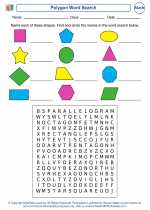
 Worksheet/Answer key
Worksheet/Answer key
 Worksheet/Answer key
Worksheet/Answer key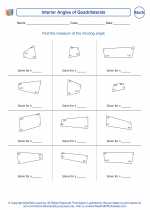
 Worksheet/Answer key
Worksheet/Answer key
 Worksheet/Answer key
Worksheet/Answer key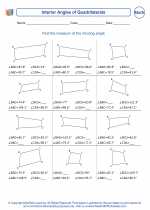
 Vocabulary/Answer key
Vocabulary/Answer key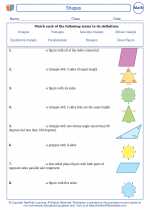
 Vocabulary/Answer key
Vocabulary/Answer key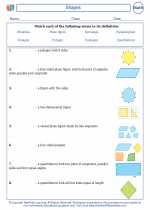
 Vocabulary/Answer key
Vocabulary/Answer key